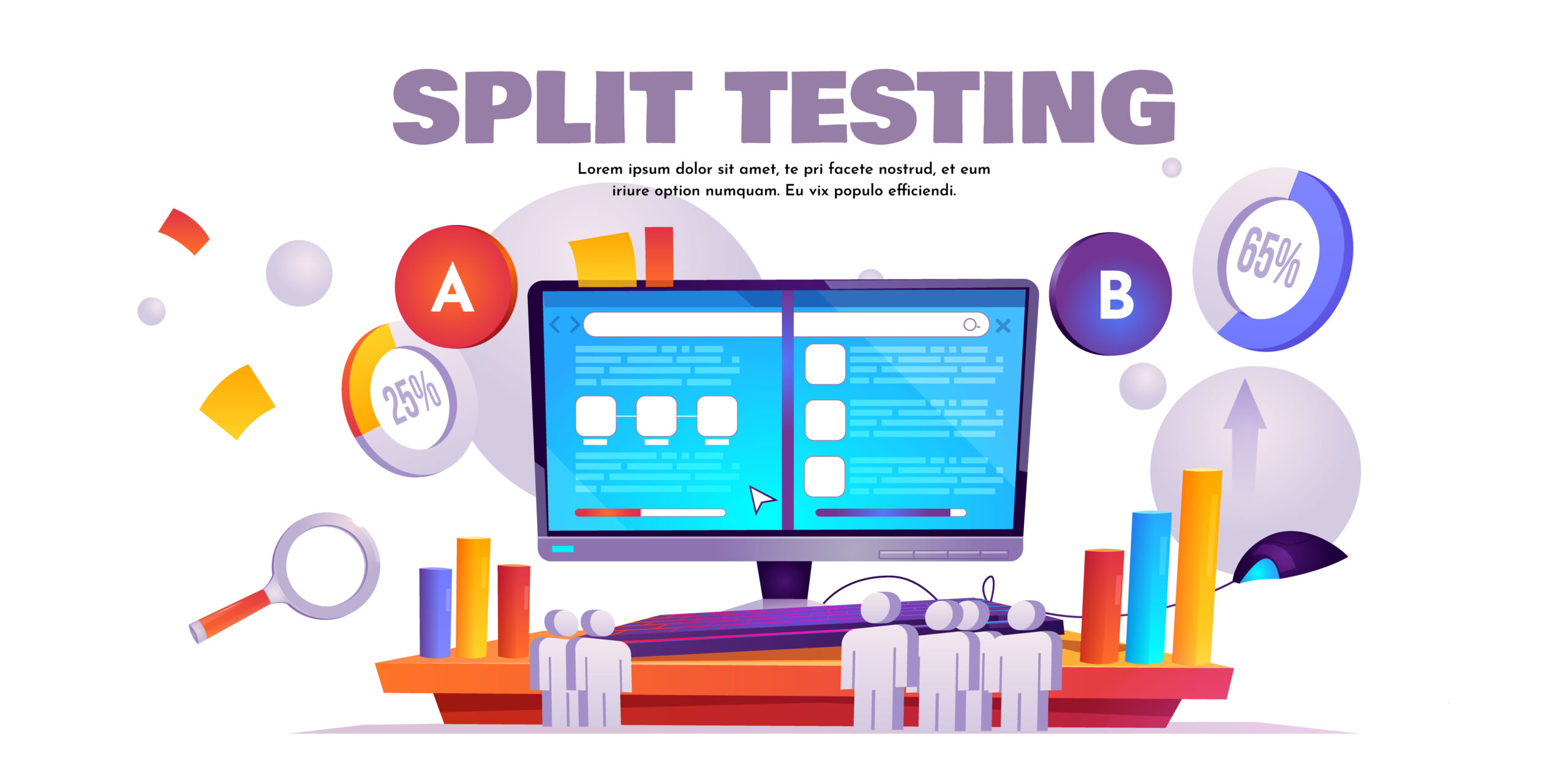Ever wondered what makes some online businesses thrive while others struggle to make a mark? Well, it all boils down to this magic trick called conversion optimization. In the vibrant world of digital marketing, conversion optimization is like the secret sauce that helps turn those casual website visitors into die-hard fans and customers. It’s the art of making your website or online store so irresistible that people just can’t help but click that ‘buy now’ button or eagerly sign up for your newsletters.
In this day and age, where everyone’s fighting for attention online, mastering the art of conversion optimization can be the game-changer that propels your business to new heights. Get ready because we’re about to explore the exciting world of conversion optimization and discover how it can supercharge your online success!
What is Conversion Rate Optimization (CRO)?
In easy words, a conversion happens when someone who visits your site does what you want, like joining your email list or buying something. The conversion rate is the percentage of all the people who visit your site and do the thing you want. You can figure it out using this simple formula:
Conversion Rate = Conversions / Clicks
If you have an online store or any kind of business on the internet, it’s really important to learn about conversion rate optimization.
Why?
Well, nowadays, people have a ton of choices online. That means if your website isn’t meeting their needs, they can easily go to another one.
And those needs can be tricky—they change just like the customers themselves. Everything from how fast your website loads to the colors you use can either make more people buy stuff or make them leave.
Having a set of proven tricks for conversion rate optimization that you can use at any point when people are buying stuff gives you a big advantage—and that’s something you want in today’s competitive online world.
What Is a Good Conversion Rate?
Determining what constitutes a good conversion rate can vary significantly depending on the industry, the nature of the website, and the specific goals of the business. On average, a conversion rate of 2-3% is considered respectable, but various factors, such as the quality of traffic, the effectiveness of the website, and the industry benchmarks, can influence this metric.
Shippypro has collected data from different online stores, like those selling stuff for farming, food and drinks, baby and child items, and more. From what they found, the average rate at which people buy things on these websites is somewhere between 0.62% and 3.84%.
What Are The Steps Of Conversion Optimization
To effectively boost your website’s conversion rates, it’s crucial to follow a structured approach that covers various key steps.
1. Decide Your Goals
To embark on a successful conversion optimization journey, it’s essential to establish clear objectives for your website or landing page. Identify relevant Key Performance Indicators (KPIs) that align with your business goals. Defining specific and measurable objectives is paramount, whether it’s increasing sales, growing your email list, or enhancing user engagement.
2. Research Phase
In this phase, it’s imperative to conduct thorough research to understand your target audience, their preferences, and their behavior. Utilize analytics tools to gather insights on user interactions, bounce rates, and conversion funnel data. Understanding your audience’s pain points and motivations will guide your optimization strategies effectively.

3. Hypotheses for Testing
Brainstorm potential ideas and hypotheses for improving conversion rates. Prioritize these hypotheses based on their potential impact on your goals. Consider factors such as user experience, content quality, and design aesthetics when evaluating the viability of each hypothesis.
4. Prioritization Phase
Prioritize the hypotheses that show the most promise for improving your conversion rates. Consider the resources required for implementation and the potential impact on the user experience. This will help you allocate your resources efficiently, focusing on the most impactful changes first.
5. Implement A/B Testing
A/B testing, also known as split testing, involves testing two versions of a web page or an element to determine which one performs better in achieving your conversion goals. Set up A/B tests for different elements, such as headlines, call-to-action buttons, or page layouts. Monitor and interpret the test results to understand what resonates best with your audience.

6. Learning and Reviewing Phase
Continuously monitor the results of your A/B tests and gather insights from the data. Analyze the successes and failures to understand what works and what doesn’t. Use this information to refine your strategies and iterate on your optimization efforts to ensure sustained improvements in conversion rates.
Benefits of Conversion Rate Optimization
The benefits of an effective conversion rate optimization strategy extend beyond mere conversion rate improvements.
Boost Revenue
By optimizing your conversion rate, you can significantly increase your overall revenue without necessarily increasing your marketing budget. A higher conversion rate means more customers taking the desired action, resulting in increased sales and profitability.
Enhance Return on Investment
Conversion rate optimization helps maximize the return on your marketing investments by ensuring that more of your website visitors convert into valuable leads or customers. By improving the efficiency of your marketing efforts, you can achieve more significant results with the same resources.
Improve User Experience
A key aspect of conversion optimization involves enhancing the user experience, making it easier and more appealing for visitors to navigate your website and complete the desired actions. By prioritizing user experience, you can build trust and credibility, fostering long-term relationships with your audience.
Fostering Customer Loyalty
Creating a seamless and satisfying experience for your customers can cultivate a sense of loyalty and trust. Satisfied customers are more likely to return for repeat purchases and become brand advocates, contributing to the organic growth of your business.
Wrap Up
Conversion optimization is not just about tweaking your website; it’s a strategic process that can have a profound impact on the growth and success of your business. By following a systematic approach and continuously iterating based on data-driven insights, businesses can unlock the full potential of their online presence, driving higher conversion rates and sustainable business growth.
Always remember: getting better at conversion rate optimization takes time. There’s a lot to learn at every step, and it might feel like a lot to take in sometimes. But if you dedicate yourself to learning and keep improving things, and if you always aim for improved results, you’re committing to growing your business in a great way. Keep at it!
FAQs on Conversion Optimization
What are conversion optimization tools?
Conversion optimization tools are software or platforms that help businesses track, analyze, and optimize their website’s conversion performance. These tools often include A/B testing, heatmaps, and user behavior analytics.
What is the conversion strategy?
A conversion strategy is a comprehensive plan that outlines how a business intends to convert website visitors or leads into paying customers or subscribers. It includes tactics like compelling calls-to-action and optimized landing pages.
What are some common challenges in conversion optimization?
Common challenges in conversion optimization include identifying the right elements to test, interpreting data accurately, and implementing changes that yield significant improvements in conversion rates.
What is the role of user experience (UX) in conversion optimization?
User experience (UX) plays a crucial role in conversion optimization as it ensures a seamless and enjoyable journey for visitors, leading to increased engagement and higher conversion rates.
How do you measure the success of conversion optimization efforts?
The success of conversion optimization efforts is measured by analyzing key performance indicators (KPIs) such as conversion rates, average order value, and customer retention, in comparison to the predefined goals and benchmarks.
Featured Image by rawpixel.com
